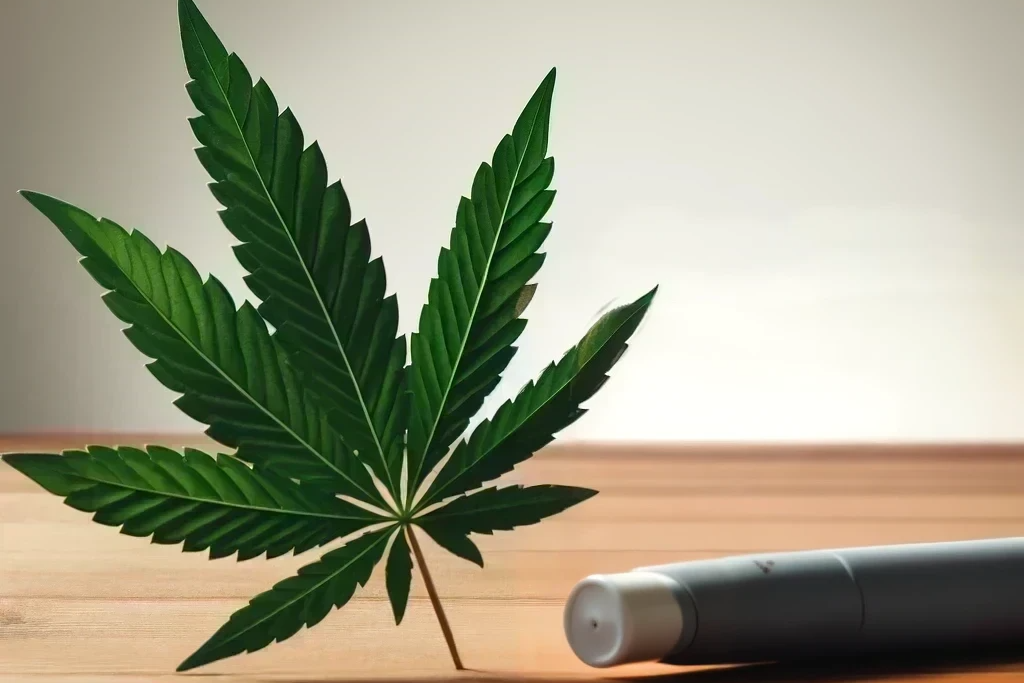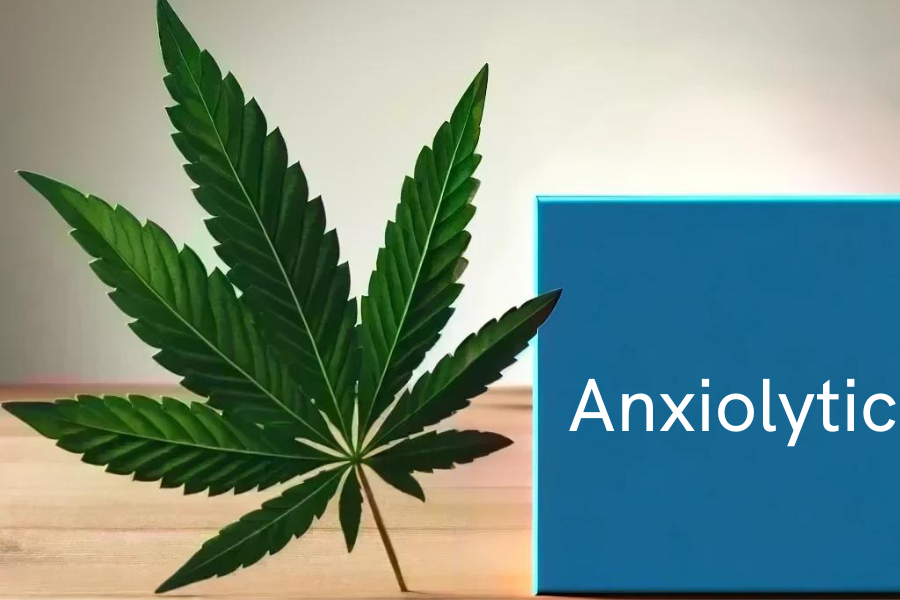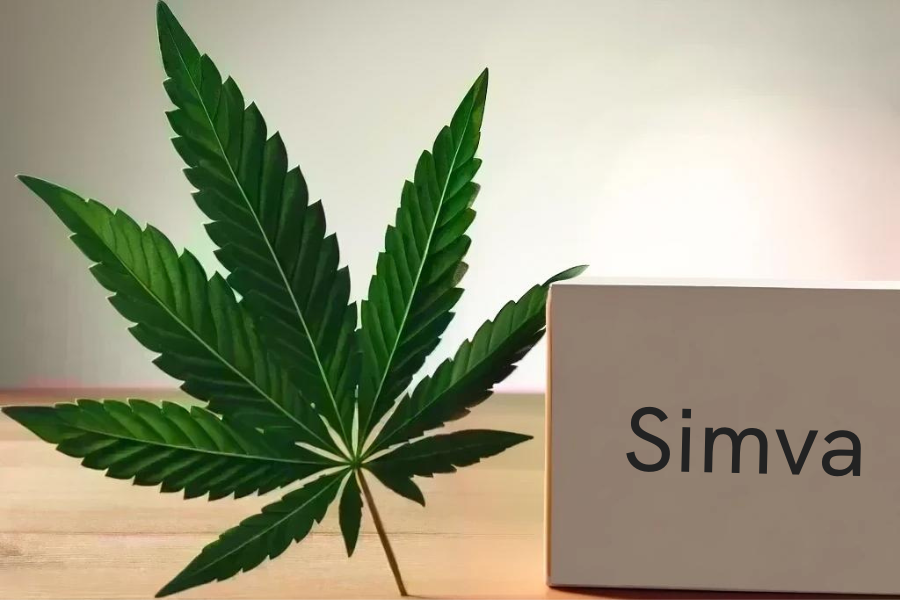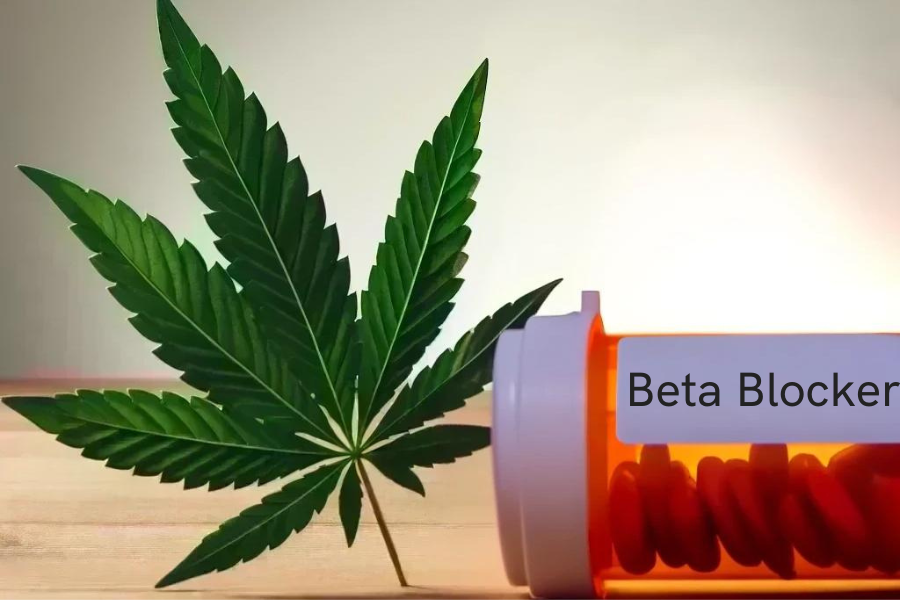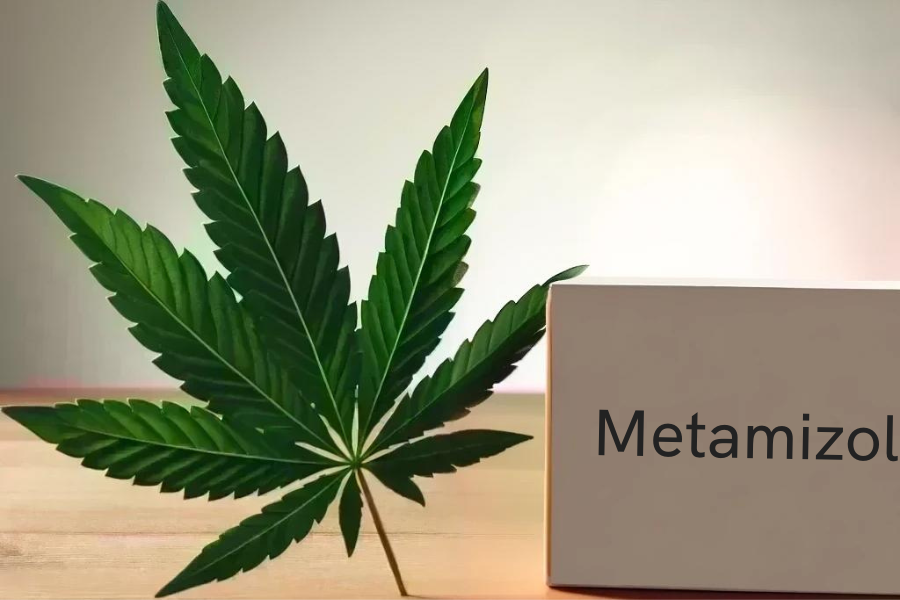The purpose of this article is to provide a comprehensive understanding of the interaction between cannabis and insulin glargine, often marketed under the names Lantus or Optisulin. Understanding such interactions is vitally important, particularly for patients using both substances in a medicinal context.
Please note, this information is provided solely as an informative resource and should not be used as a substitute for personalized advice from your healthcare provider.
Overview of Cannabis
Components
Cannabis is a complex plant with over a hundred active compounds, the most significant of these being delta-9-tetrahydrocannabinol (THC) and cannabidiol (CBD). THC is the psychoactive component responsible for the ‘high’, while CBD is non-psychoactive and is notable for its potential medicinal properties.
Common Uses
Cannabis is widely used both recreationally and medicinally. Medicinal uses include pain relief (particularly in cancer and neuropathy patients), anti-nausea for chemotherapy patients, and as a treatment for seizures and mental health disorders amongst others.
Overview of Insulin Glargine
Drug Information
Insulin glargine is a long-acting insulin analogue. It is used to manage blood glucose levels in those with diabetes, offering consistent, 24-hour blood sugar control with a reduced risk of nocturnal hypoglycemia.
Common Uses
Insulin glargine is most commonly prescribed for individuals with type 1 and type 2 diabetes who require long-term blood sugar level management.
Potential Interactions
Physiological Basis
The endocannabinoid system plays a role in energy homeostasis and lipid metabolism, areas which are also affected by insulin. There is a potential for interaction, both positive and negative, between cannabis and insulin on these metabolic pathways.
Research Findings
A number of studies have suggested that regular cannabis use may be associated with lower fasting insulin levels and lower risk of insulin resistance. However, these results are preliminary and further research is required.
Risks and Warnings
Adverse Effects
Combining cannabis and insulin may have unpredictable effects on blood sugar levels, which could pose significant health risks, especially for those with diabetes.
Risk Populations
As with any drug interaction, the effects can vary greatly from one individual to the next. Those with diabetes, particularly those on insulin therapy, should exercise caution and regularly monitor blood glucose levels when using cannabis.
Recommendations
Any alteration to medication, including the introduction of cannabis, should always be done under the guidance of a healthcare provider. Those using both cannabis and insulin should monitor their responses closely, give particular attention to blood glucose levels, and report any changes to their healthcare provider.
Conclusion
Cannabis and insulin glargine have a complex relationship and potential interactive effects which are not yet fully understood. It is always crucial to consult your healthcare provider when adding or changing any medications, especially when managing a long-term condition like diabetes.
References and Further Reading
- Endocannabinoids in the regulation of glucose metabolism
- The impact of marijuana use on glucose, insulin, and insulin resistance among US adults

